Loban dry cones are incense cones made primarily from loban, also known as frankincense resin. Loban is a natural aromatic resin obtained from the Boswellia tree, native to regions such as the Arabian Peninsula, East Africa, and India.To create loban dry cones, the resin of the Boswellia tree is harvested by making incisions in the bark, allowing the resin to ooze out and harden into tear-shaped droplets. These resin tears are then collected, cleaned, and ground into a fine powder. The powdered loban is then mixed with other natural ingredients such as herbs, spices, and essential oils. This mixture is shaped into cone forms and allowed to dry, resulting in loban-scented incense cones ready for burning.
Guggal dry cones are incense cones made primarily from guggal, also known as guggul or Commiphora wightii. Guggal is a resin obtained from the sap of the guggal tree, native to the arid regions of northern India, Pakistan, and Afghanistan.To create guggal dry cones, the resin of the guggal tree is harvested by making incisions in the bark, allowing the resin to ooze out and harden into tear-shaped droplets. These resin tears are then collected, cleaned, and ground into a fine powder. The powdered guggal is then mixed with other natural ingredients such as herbs, spices, and essential oils. This mixture is shaped into cone forms and allowed to dry, resulting in guggal-scented incense cones ready for burning.
“Pineapple dry cones” could refer to incense cones infused with the fragrance of pineapple. However, it’s worth noting that pineapple is not a typical ingredient in traditional incense making, which often relies on natural resins, herbs, and essential oils for fragrance.That said, some modern incense manufacturers may create unique blends that incorporate fruity scents like pineapple to appeal to different preferences and tastes. These blends often utilize artificial fragrance oils or flavor extracts to achieve the desired aroma.

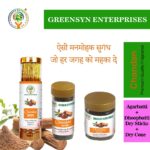
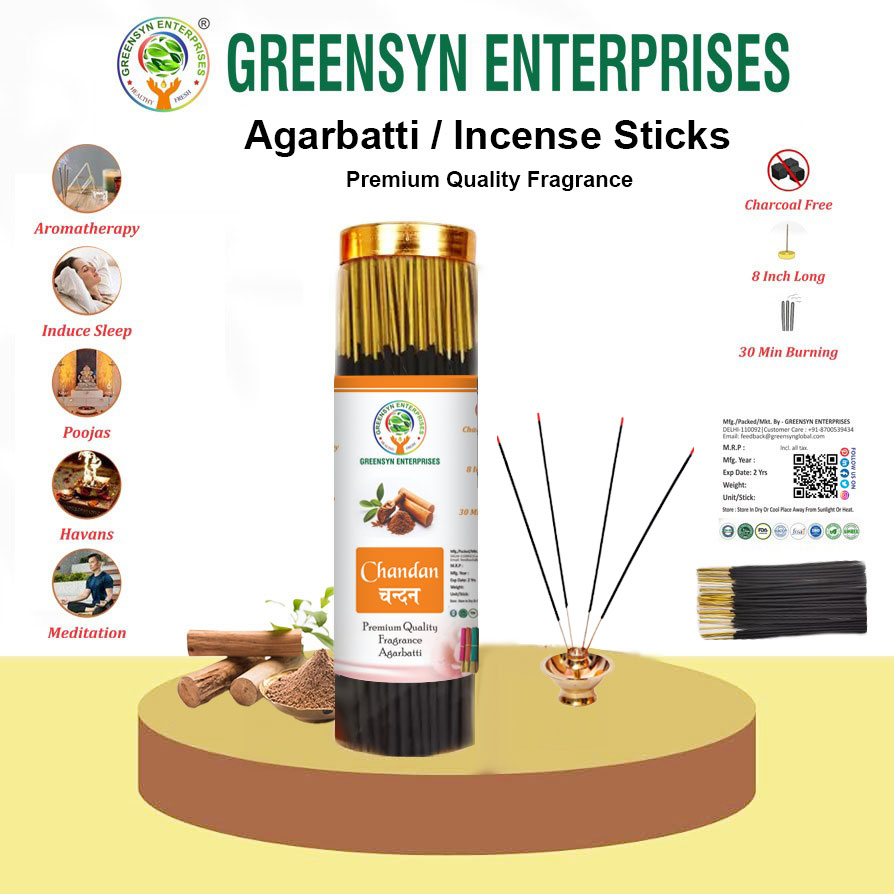 Agarbatti Stick
Agarbatti Stick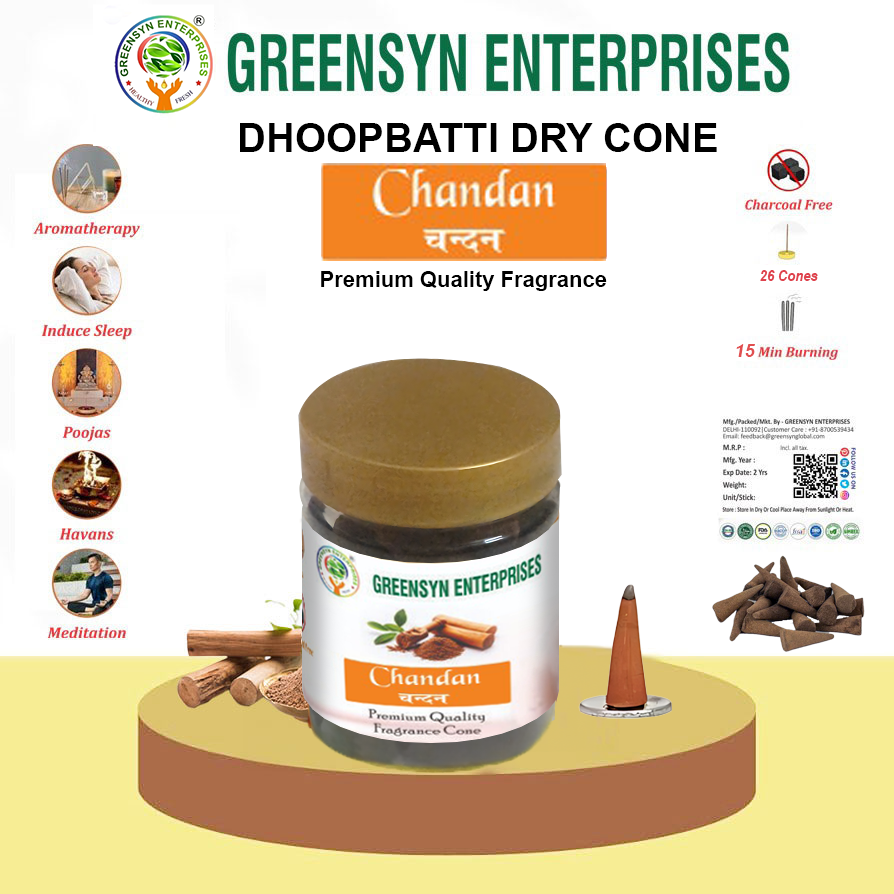 Dry Cone
Dry Cone
 Aromatic Oils
Aromatic Oils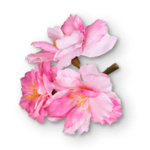

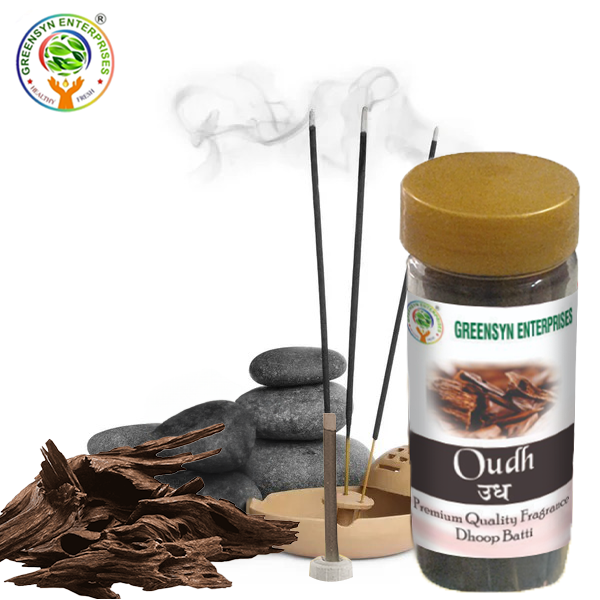
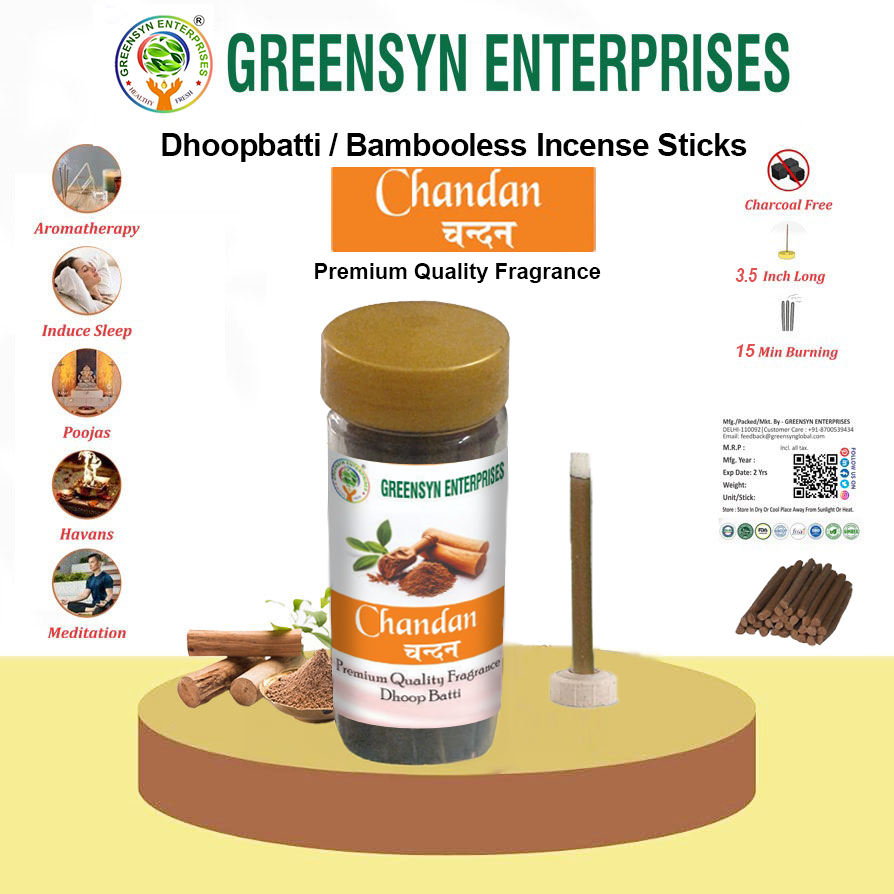
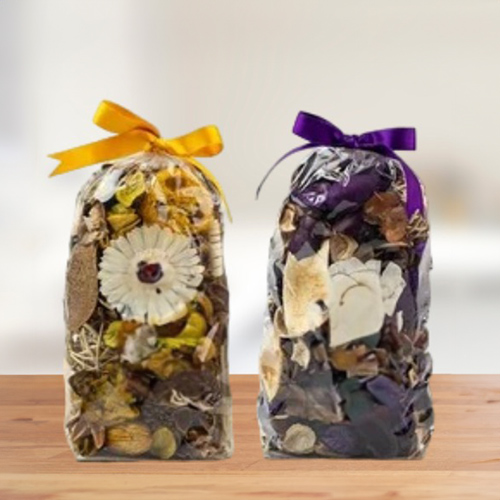 Potpourri
Potpourri






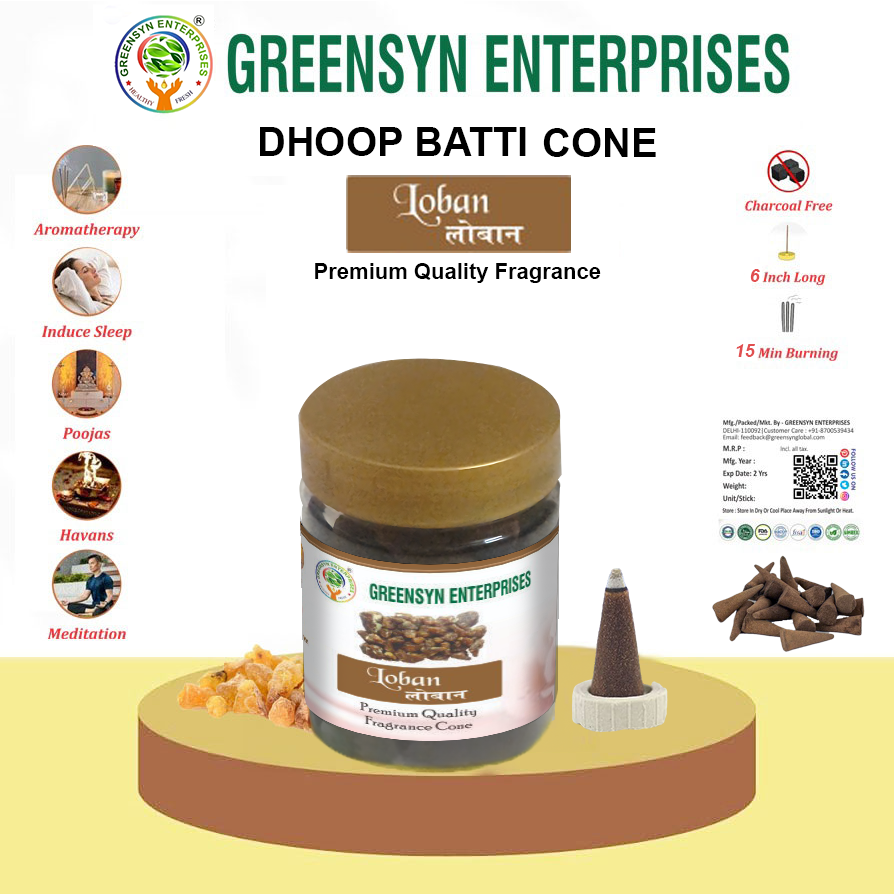


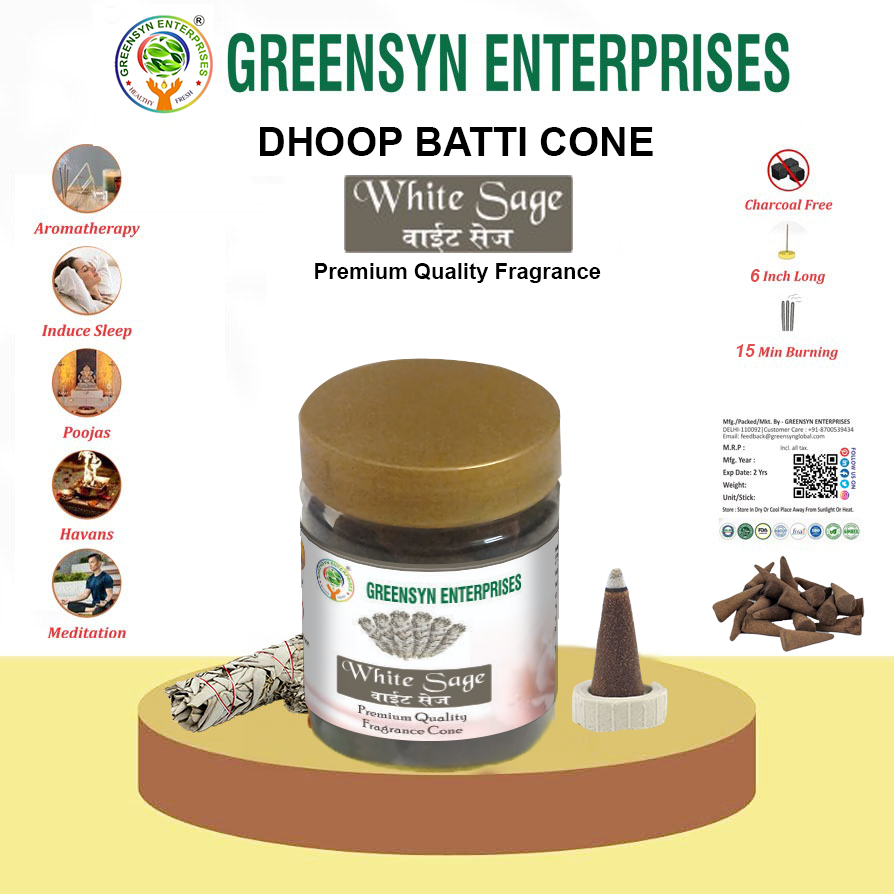
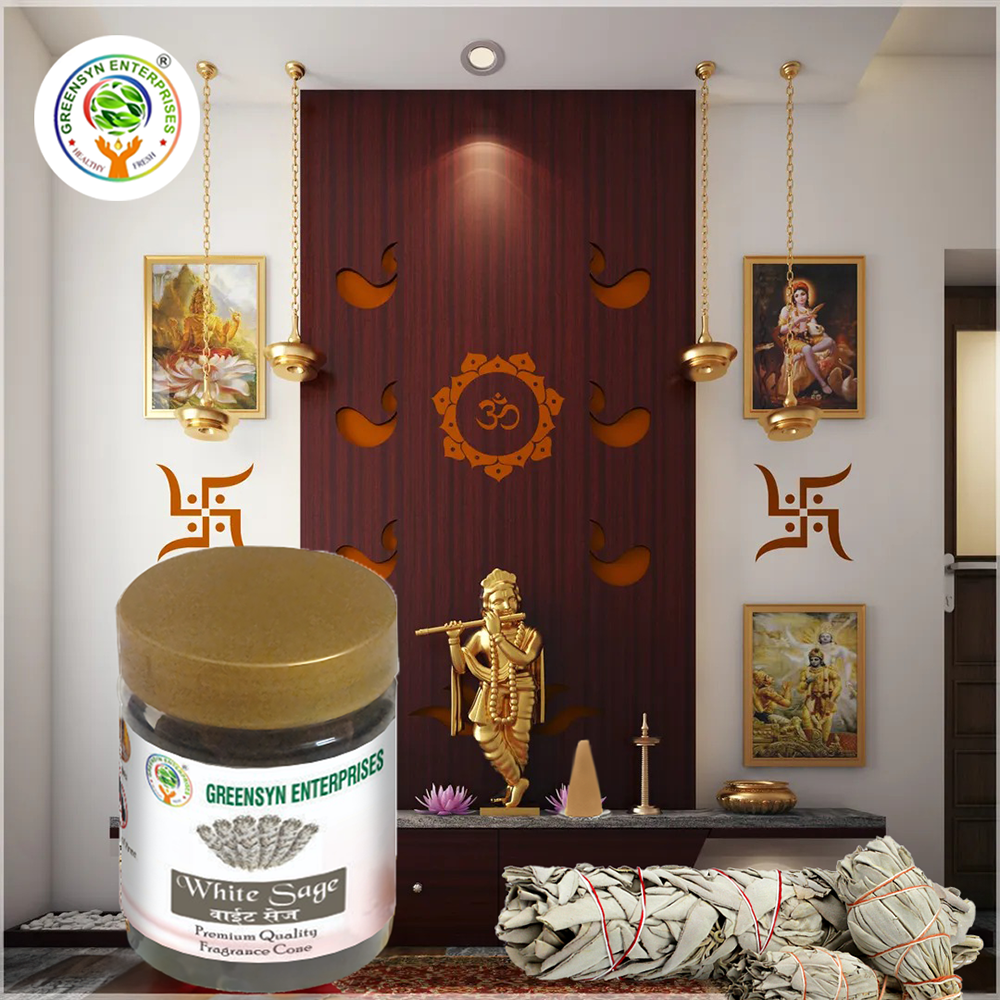


Reviews
There are no reviews yet.